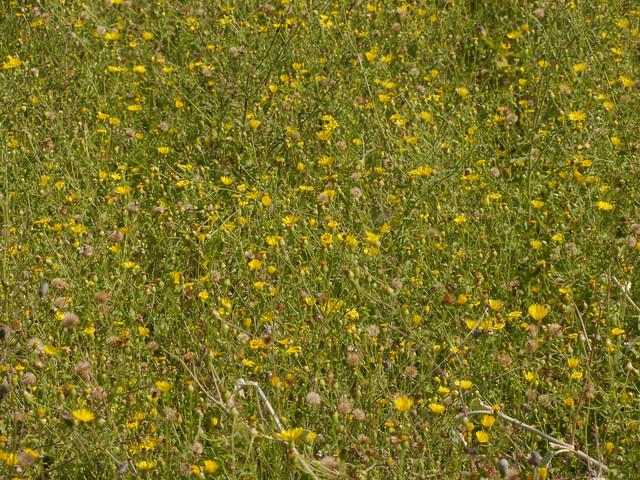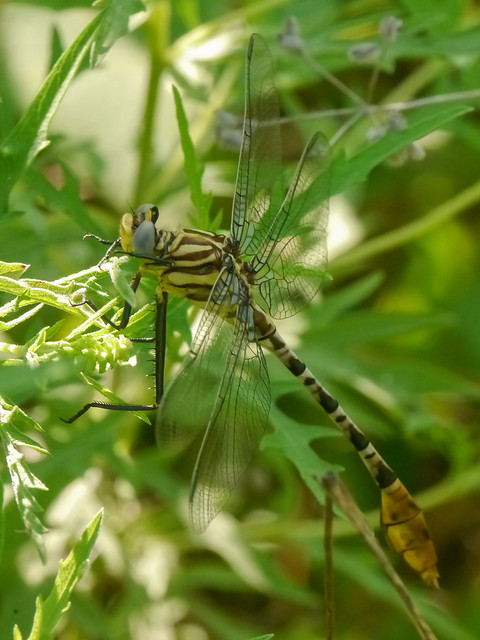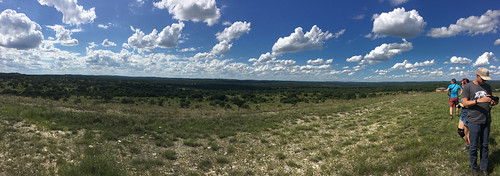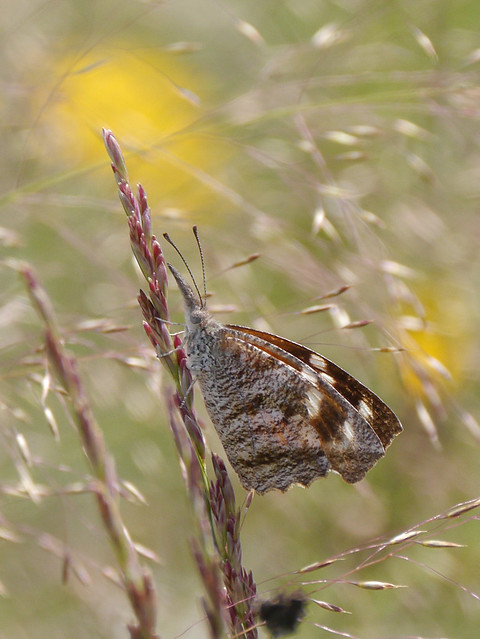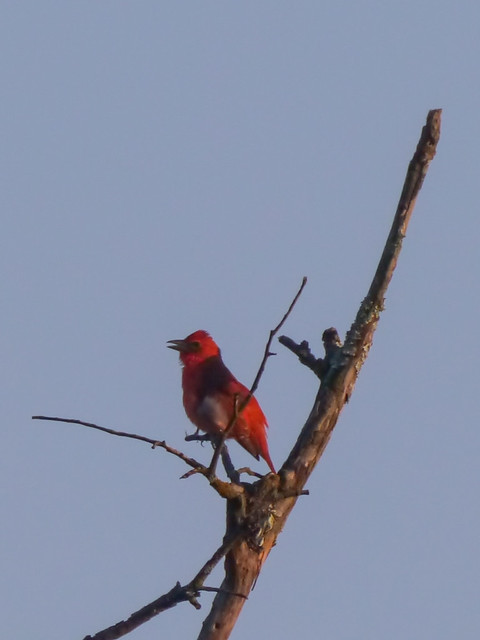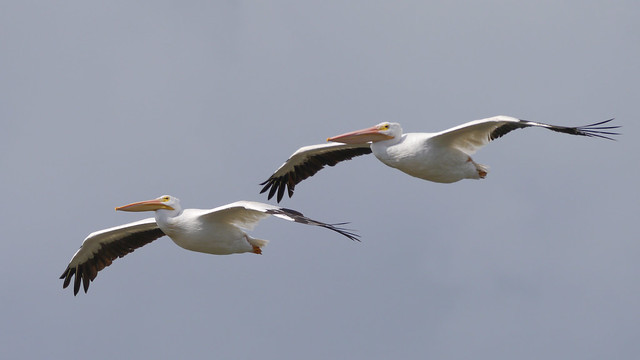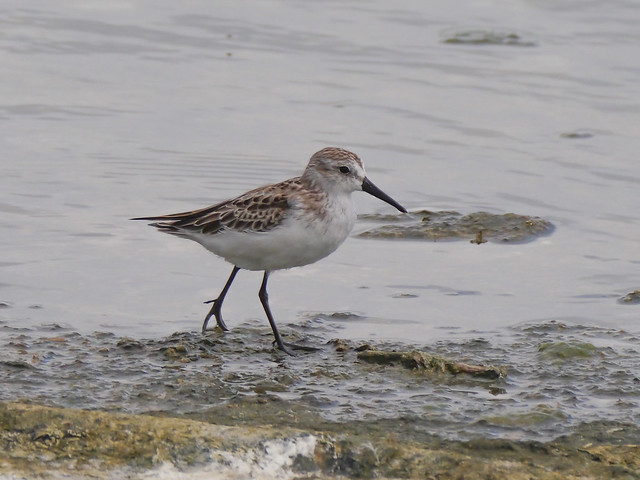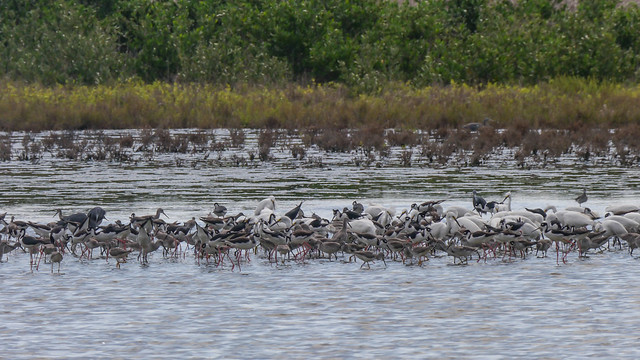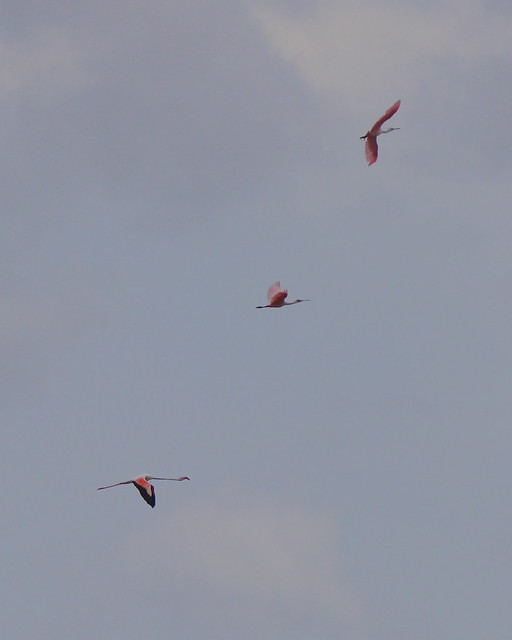This started as an email to Cullen Hanks (@cullen) who asked me for advice for his father who is looking for a lighter camera for nature photography. The email became long enough that I thought I'd share it as a journal post. This is a summary of my limited experience using Micro Four Thirds cameras for nature photography.
Depending on how small and light a camera you want, it might be worth looking into the compact super-zoom cameras. They keep getting better and better with more and more zoom, and it’s really nice to have one lens that does everything. Of course the tradeoff is the tiny light sensor, but I see some great photos from folks using Nikon Coolpix cameras.
Most of my experience is with the Micro Four Thirds platform, which is (I think) the earliest mirrorless platform. On a mirrorless camera, when you look through the viewfinder you are not looking directly through the lens via a mirror (that flops up and down each time you take a photo). You’re looking at a little screen with a live view of what the camera sensor is seeing. You’re also seeing the effects of your settings in real time, which is handy.
Micro Four Thirds is based on a light sensor size that is larger than the sensors on compacts and smaller than the sensor on DSLRs. The major players are Panasonic and Olympus. You can use Panasonic camera bodies with Olympus lenses and vice-versa, with a few caveats. I think Olympus has taken the approach of usually implementing image stabilization in the camera body, while Panasonic puts it in the lenses. This isn’t a hard rule, but it’s something to check on specific bodies and lenses if you’re planning on mixing brands.
One of the touted advantages of Micro Four Thirds is availability of lens adaptors to most other platforms. I don’t have any first hand experience with this because I don’t think things like autofocus and image stabilization work through these adaptors.
For a long time the only big telephotos available for Micro Four Thirds were these pretty modest lenses:
Panasonic Lumix G Vario 100-300mm F4-5.6 OIS
Olympus M.Zuiko ED 75-300mm 1:4.8-6.7 II
These lenses sell for around $500 and get you the equivalent of 600mm of zoom on a DSLR in a much smaller and less expensive package. I used the Panasonic lens on Panasonic G3 and G5 bodies. The lens served me well but quit working after about 5 years. (It's likely this was due to my abuse.) I don't have any experience with the Olympus lens.
Within the last year, both companies have introduced much better big telephoto lenses. Panasonic released this 100-400 zoom which they made with Leica and which sells for about $1800:
Panasonic Leica DG Vario-Elmar 100-400mm F4.0-6.3 ASPH Power OIS
And Olympus released this 300mm fixed power lens which sells for about $2500:
Olympus M.Zuiko Digital 300mm F4 IS Pro
Recently I was fortunate enough to be able to acquire the new Panasonic 100-400 lens to replace my 100-300. I chose the Panasonic over the Olympus because it costs less, has 100mm more reach, and I enjoy the flexibility of a zoom lens. The Olympus is a faster lens and I've read that it's slightly sharper. Both have tripod mounts on the lens which the older lenses do not have.
My experience so far with the new Panasonic Lens has been good. I really enjoy having 400mm of reach (equivalent of 800mm on a DSLR). The 300mm lens seemed to magnify about the same amount as my 8x42 binoculars. This 400mm lens magnifies substantially more. The optics are brighter and sharper than the old lens. It's bigger and heavier, but not nearly as big and heavy as an 800mm DSLR lens. And a camera sling attached to the tripod mount on the lens works well.
The lens' autofocus seems to need help often. When I'm trying to focus on something small and close (it focuses as close as .5 meters) I often have to "prime" it by first focusing on the ground or something large at roughly the same distance away.
The big tradeoff I'm making for all this zoom in a relatively compact package is image quality when light isn't ideal. Compared with images from the big Nikon and Canon pro bodies and lenses, my images are noisy and don't have the same minute level of definition. Lightroom's noise reduction helps with this. This is a tradeoff I'm willing to live with, and the current pro camera bodies from Panasonic and Olympus might perform much better than my 2012 Panasonic G5.
Do any other iNatter's have experience they'd like to share with Micro Four Thirds or other mirrorless camera platforms?


